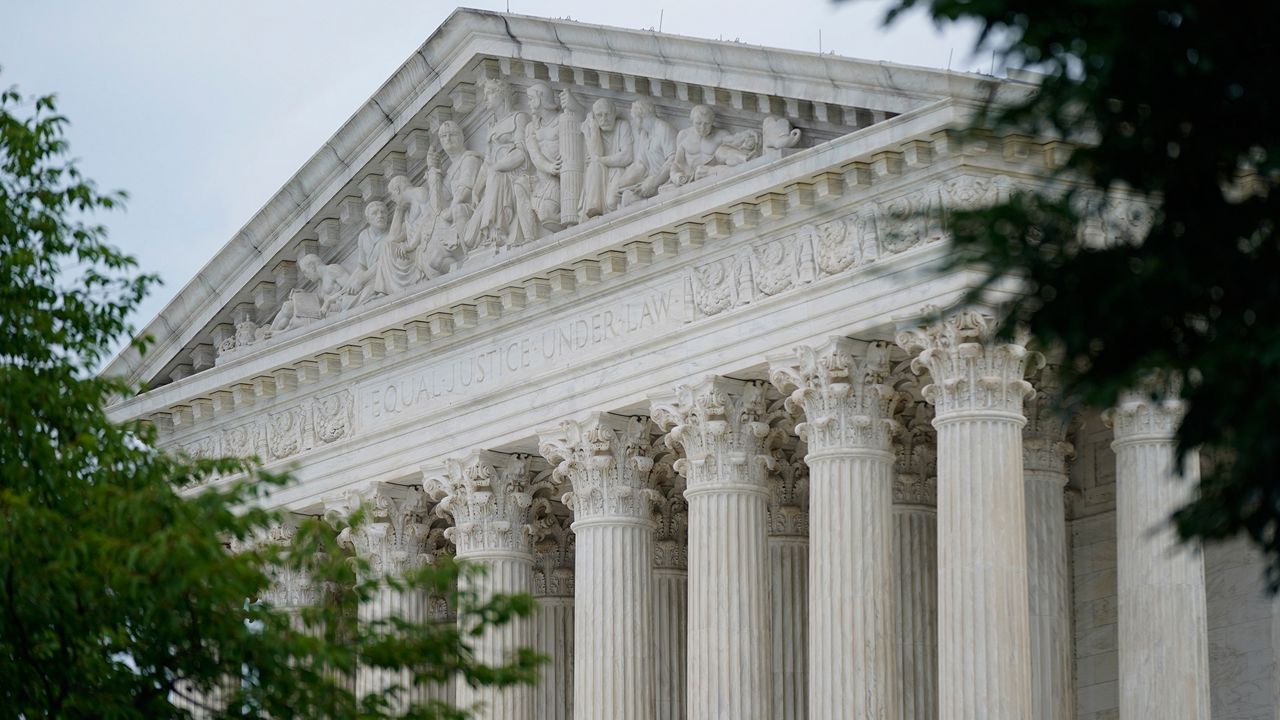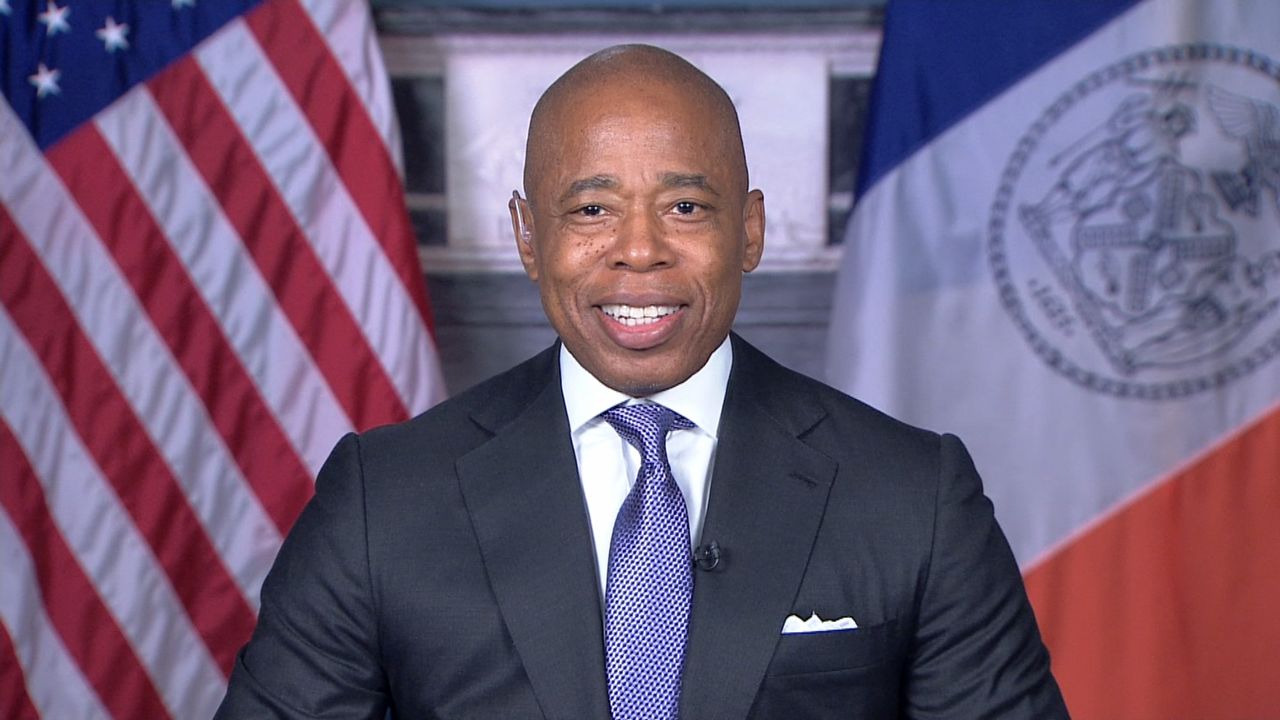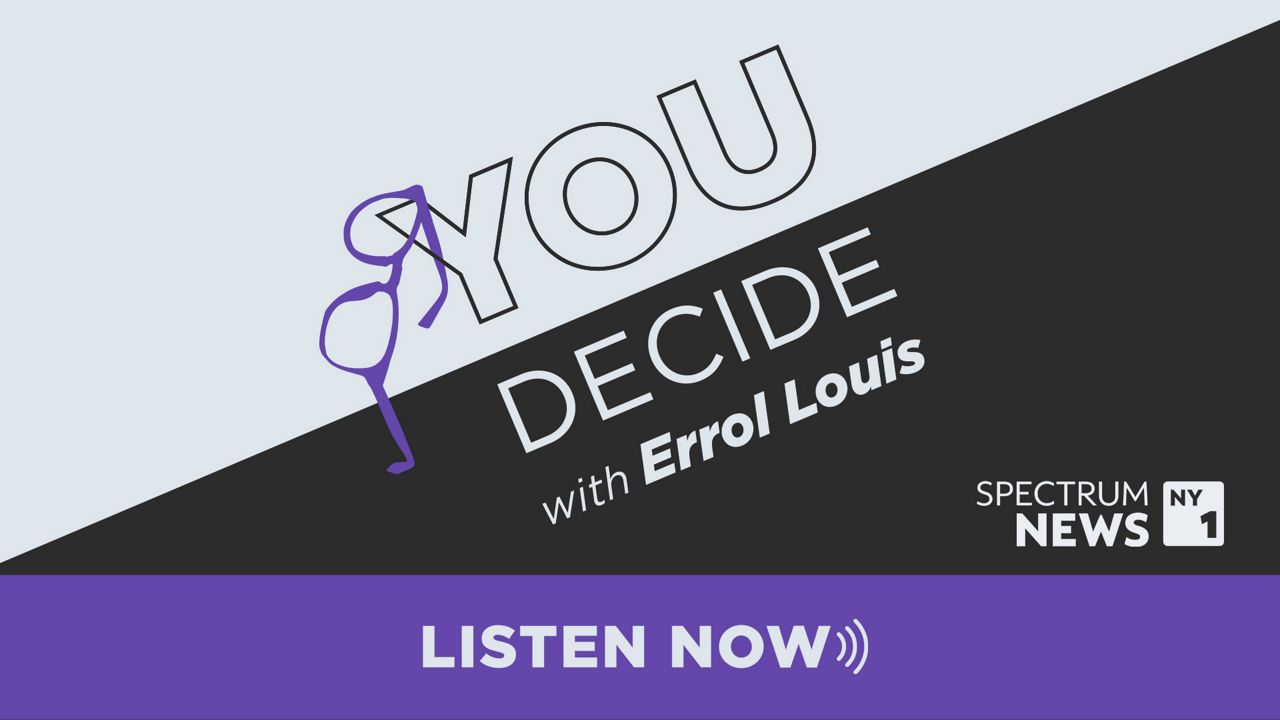Patrick Lally is living at a homeless shelter in Brooklyn with his wife.
He hasn’t been feeling well. He has been fighting a fever.
But sheltering in place in a homeless shelter is proving difficult.
“You’re around people who don’t have masks,” Lally told us while inside his unit at the Auburn Family Residence in Brooklyn. "You have to go to the cafeteria all the time. It’s impossible. I can’t see how I can be isolated that much."
- LIVE UPDATES: Coronavirus in New York City
- What We Know About the Coronavirus
- CDC Coronavirus Page
- WHO Coronavirus Page
Fighting the coronavirus in city homeless shelters is a herculean task. Interviews with shelter providers reveal it can be challenging, if not impossible, to isolate homeless individuals from each other — even when they have symptoms of the coronavirus. Essentially, social distancing is not conducive to homeless shelters.
"When you have a building that’s 20 feet wide and 146 chronically homeless men with one elevator, it’s virtually impossible to do it.” Brenda Rosen, president and CEO of Breaking Ground, told NY1.
The numbers are already a red flag. This week, the first two homeless New Yorkers died from COVID-19. As of Thursday, the city told us 61 homeless New Yorkers had the virus — 59 of them live in shelters. About 110 people were at separate isolation facilities the city set up to stop the spread of the virus at shelters.
But the head of Breaking Ground, which runs a large outreach program for the homeless and shelters with more than 300 beds, tells NY1 it's unclear when providers like her should send people there.
“We’re monitoring well over 100 clients and sending them to the hospital and waiting for them to get their test results,” Rosen said.
She told NY1 the city has told providers they should operate under the assumption that “everyone is exposed.”
"We have people that are symptomatic and they cannot self-quarantine. There is no way,” Rosen said. “We have people that are symptomatic and have gone to the hospital and been sent back and simply told to self-quarantine. Again, we have nowhere to put these people. We can’t set aside one of our shared bathrooms and shower rooms for one person. It’s just not possible for the amount of people we are serving at the same time.”
Providers want more protective equipment for staff. Rosen said staff have tested positive in addition to shelter residents.
“Everyone is being regarded as exposed,” James Winans, the interim CEO of the Bowery Mission, told NY1. "We’re aware there are some isolation units coming online, but the way those are accessed is not immediately clear to us."
The Bowery Mission is no longer serving meals in group settings. It’s turned a floor at one of its shelters into an isolation ward.
“We’ve been able to open up a fourth floor as an isolation floor for men and establish a separate isolation area for women,” he said. "As of this point, we are ok. But we are concerned about what happens as this virus spreads."
A Department of Homeless services spokesperson reiterated to NY1 that all symptomatic individuals in shelter are being taken to health care professionals.
The city says, despite some evidence to the contrary, that those who test positive for the virus and those who are symptomatic are then taken to isolation facilities.
------
FURTHER CORONAVIRUS COVERAGE
How Hospitals Protect Against the Spread of Coronavirus
Coronavirus Likely Spreads Without Symptoms
Cuomo Bans Gatherings of 500-Plus as More Coronavirus Cases Confirmed
NYPD Officers Prepare to Combat Novel Coronavirus Spread
NYC Businesses to Be Fined If Caught Price Gouging Face Masks
MTA Crews Cleaning to Prevent Coronavirus Spread
Testing for New Coronavirus Can Now be Done by City
Cuomo Granted Broad New Powers as New York Tackles Coronavirus









